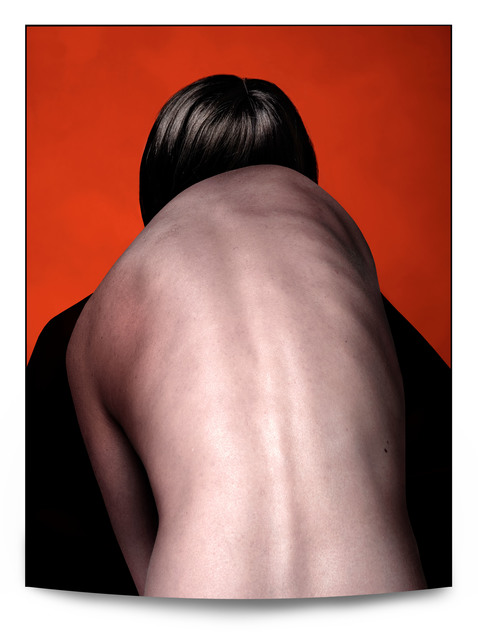The Admiral’s Garden
Christine Ödlund’s work explores the borders of our knowledge of the world around us, connecting such themes as the chemical communication of plants, synaesthesia and theosophy. She works in a variety of media, including drawing, sculpture, video, watercolour and sound works.
Stress Call of the Stinging Nettle: When a plant reacts to a butterfly larvae feeding on its leaves, it releases chemical substances, or compounds. The characteristics of these compounds have been analyzed in collaboration with the Ecological Chemistry Research Group at the Royal Institute of Technology in Stockholm, and then transposed into amplitude and intensity of sinus tones, recorded at EMS (Electroacoustic Music in Sweden), Stockholm. Thus these beautiful graphic score and soundtrack by Swedish artist Christine Ödlund are direct transpositions of “the plant’s life, struggle and death”.





